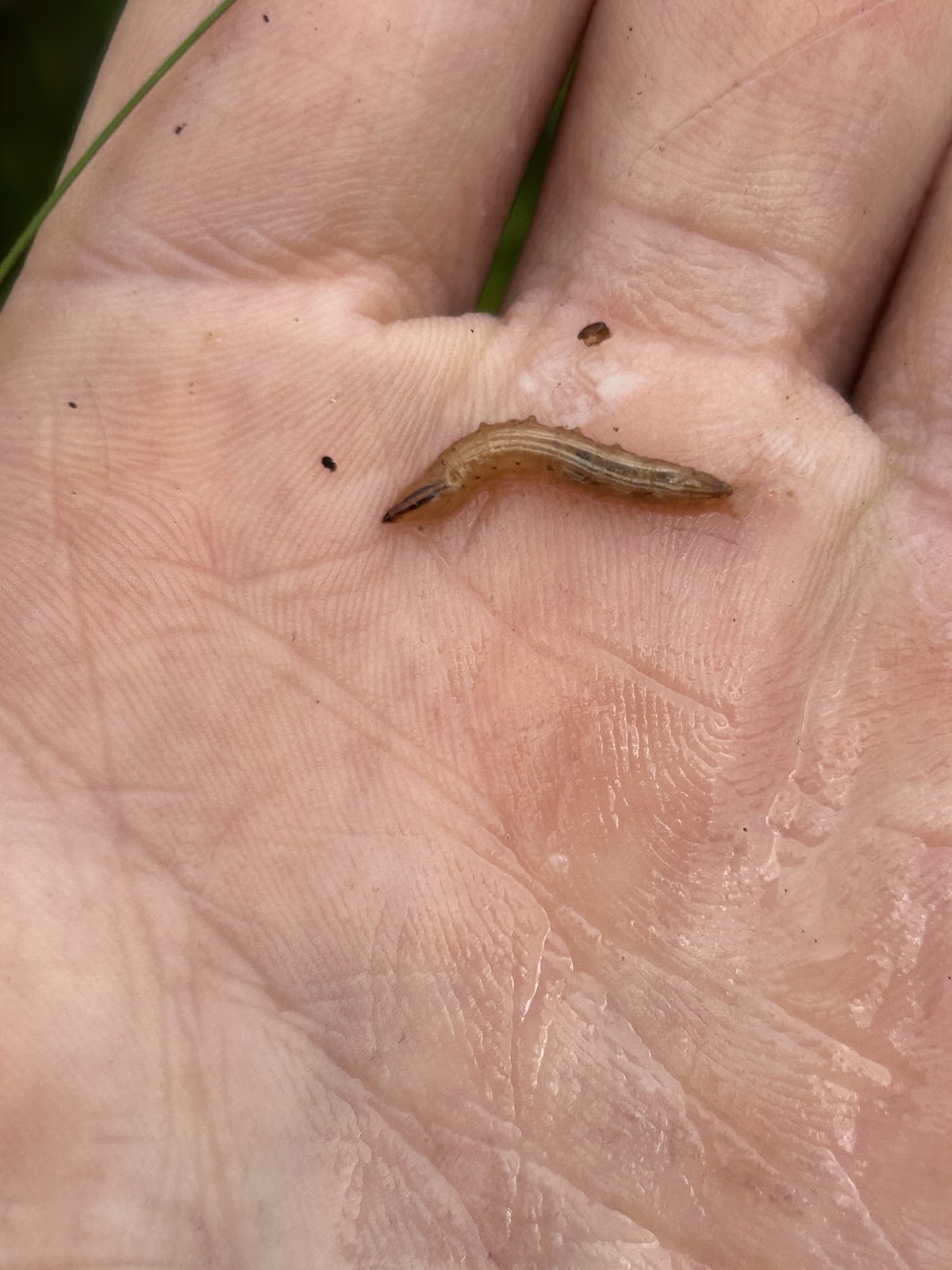Powdery Mildews

I've probably been seeing powdery mildew fungi for my whole life. From time to time I notice them growing on wild bergamot, willow, and dandelion to name a few. Most of the time I just walk on by without even seeing them. Recently I've started to actively pay attention and learn about this group. It is amazing how abundant and diverse they are. Most would think that these infections are not aesthetically pleasing, but I think they are quite fascinating, especially as I learn more of their ecology. Powdery mildews like many fungi thrive in cool, moist areas. Exploring the Devil Track River was the perfect place to find many different species. Unsurprisingly many of the plants were also infected with rust fungi. Erysiphe adunca on balsam poplar (with the rust species Melampsora medusae) Golovinomyces asterum var. solidaginis on goldenrod (with the rust species Coleosporium solidaginis) Golovinomyces sordidus on greater plaintain Erysiphe pisi on bird's foot trefoil Golovino



